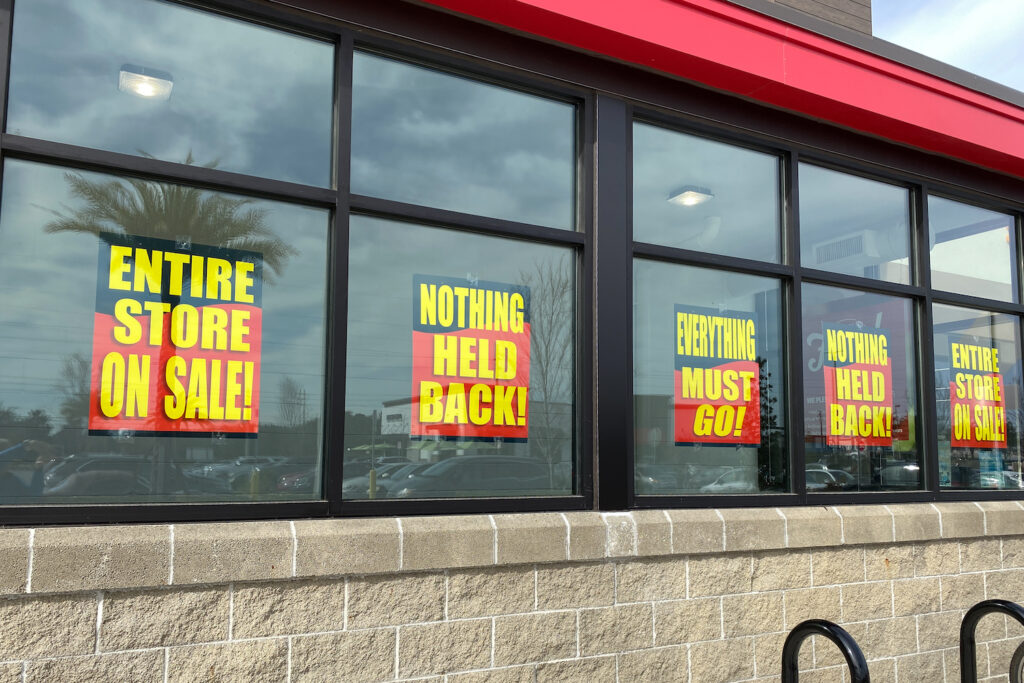Liquidation is the name given to the formal process of shutting down an insolvent company. When a company is liquidated, it ceases trading, it is struck off Companies House register, and its assets are sold.
The proceeds are then distributed among creditors to pay them back for money they are owed by the now defunct company.
Businesses can be forced into liquidation by creditors as a last resort if they are unable to pay their debts. After going through a legal process, unpaid creditors can petition the courts for a winding up order, which rules that the insolvent business must cease trading and its assets be sold to pay off its debts. This is called compulsory liquidation.
However, businesses can also choose to enter liquidation voluntarily. The question is, in what circumstances would the owners or directors of a company choose to wind up their own company?
How voluntary liquidation works
There are two types of voluntary liquidation, one for insolvent companies and the other for solvent companies. They are known as Creditors Voluntary Liquidation and Members Voluntary Liquidation respectively.
Creditors Voluntary Liquidation can best be understood as something like a preemptive strike. When a company can no longer meet its payment obligations and becomes insolvent, there are a number of options open to it.
It can file for administration, which serves two purposes. It pauses any enforcement action from creditors trying to recover their money, and it hands control of the business to an Administrator (a qualified insolvency practitioner), who is charged with trying to sell or restructure the company so it can pay off its debts.
An insolvent company can also seek a Company Voluntary Arrangement (CVA), which is a debt repayment agreement brokered by an insolvency practitioner.
But there is no guaranteeing creditors will accept the terms of a CVA. And directors of an insolvent company may feel there is little prospect of either selling the business or restructuring to meet existing payment demands
With creditors threatening to serve a winding up petition, directors can take the view that they have no chance of rescuing the business and that it is better to be in control of the liquidation process. Rather than face compulsory liquidation, they prefer to close the company on their own terms via Creditors Voluntary Liquidation.
In this situation, voluntary liquidation lets directors control the timing of the company closing down. It halts all legal action and avoids further court processes, it immediately writes off all debts (it’s up to an appointed insolvency practitioner to sell off assets to pay creditors), and it is a quick and cheap process to go through.
But what about Members Voluntary Liquidation? Why would anyone liquidate their own company when it is still solvent? In a nutshell, entering voluntary liquidation can be the most tax efficient way to shut down a company and distribute assets among shareholders. Instead of being treated as income, these assets are considered capital gains and so are taxed at a lower rate.
Compared to Creditors Voluntary Liquidation, Members Voluntary Liquidation takes much longer to complete (up to a year). There are strict rules on a business being able to demonstrate its solvency and paying off all outstanding debts before it is shut down.

